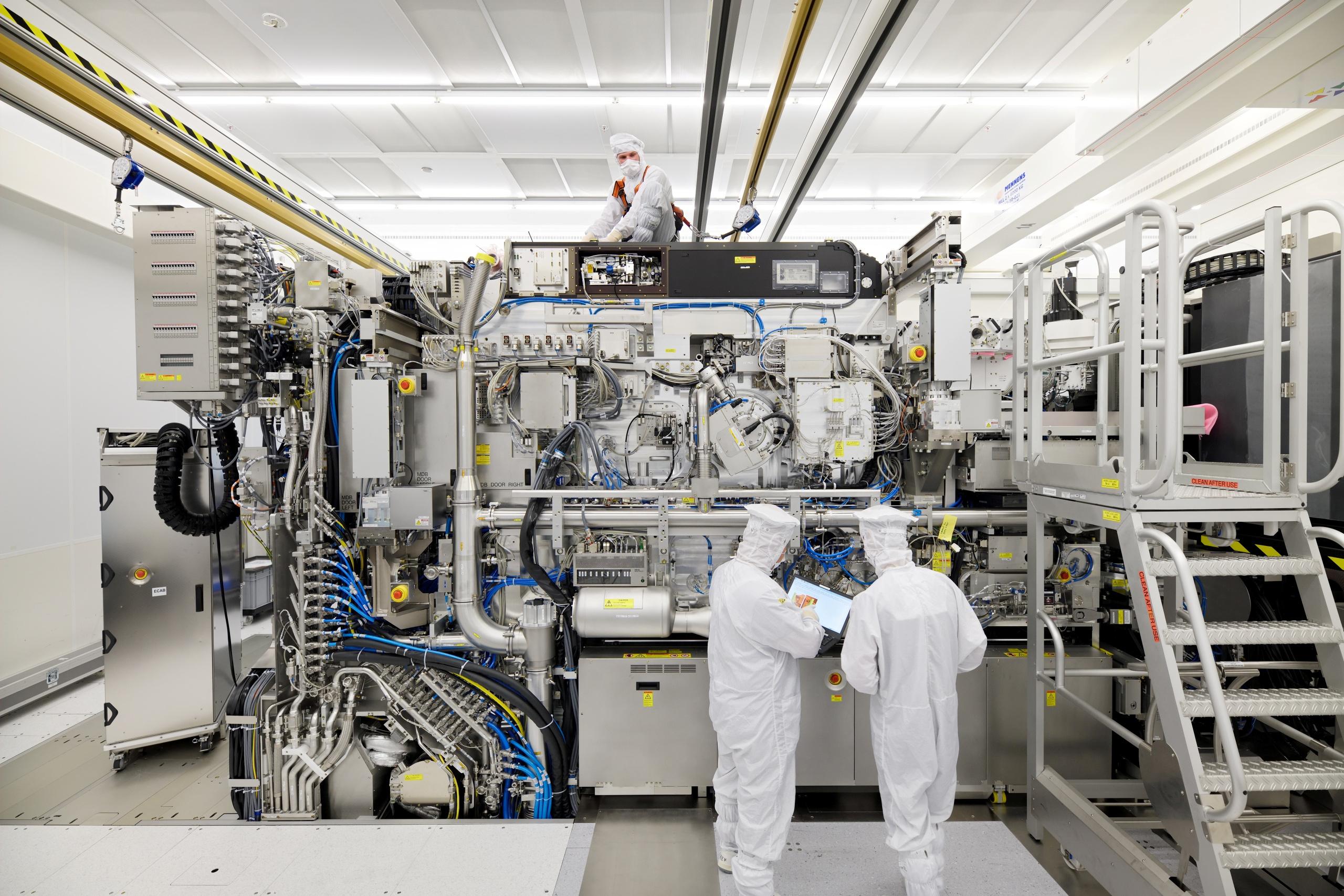China To Launch $40 Billion State Chip Fund – Report

Sanctions response. New state-backed investment fund is to be launched that seeks to raise $40 billion for China’s semiconductor sector
Beijing continues its attempts to advanced the Chinese semiconductor industry in the face of mounting US sanctions.
Reuters, citing two people familiar with the matter, reported that China is set to launch a new state-backed investment fund that aims to raise about $40 billion for its domestic semiconductor sector.
Meanwhile there are signs that China is advancing its goal of growing the capabilities of its domestic chip making sector, despite US sanctions. A teardown this week of the latest Huawei smartphone revealed a surprising development, namely a 7-nanometre processor – the Kirin 9000s chip – that was made in China by SMIC.
![]()
Chinese breakthrough
The Chinese chip breakthough in defiance of US sanctions was revealed in a teardown of the Huawei’s Mate 60 Pro smartphone by Ottawa-based analyst house TechInsights.
Analysts have speculated this development could prompt Washington DC to tighten its chip restrictions against Chinese firms.
Analysts have also warned it could trigger a probe from the US Commerce Department’s Bureau of Industry and Security, as well as create more US debate about the effectiveness of sanctions and prompt the US Congress to double down and include even harsher sanctions in a competition bill it is preparing against China.
Some have also noted that the teardown of the new Huawei smartphone and the discovery of its advanced chip coincided with a visit to China by US Commerce Secretary Gina Raimondo, whose emails were allegedly compromised by Chinese hackers in the summer.
China Big Fund
Into this mix comes the Reuters report that Beijing is seeking to launch a $40 billion state-backed investment fund for the Chinese semiconductor sector.
Reuters reported that it is likely to be the biggest of three funds launched by the China Integrated Circuit Industry Investment Fund, also known as the Big Fund.
Its target of 300 billion yuan ($41 billion) outdoes similar funds in 2014 and 2019, which according to government reports, raised 138.7 billion yuan and 200 billion yuan respectively.
It will compete with rival state-backed funds such as the $52 billion US Chips Act, and the 43 billion euro European Chip Act, both of which are being used to encourage the building of more chip manufacturing capabilities in their respective locations.
Chip manufacturing
China’s $40 billion Big Fund is reportedly going to focus on equipment for chip manufacturing, sources familiar with the matter told Reuters.
The new fund was approved by Chinese authorities in recent months, two of the people said.
China’s finance ministry is planning to contribute 60 billion yuan, said one person. It is not clear at the time of writing who will be the other contributors.
The fundraising process will likely take months and it was not immediately clear when the third fund will be launched, or if further changes will be made to the plan, two sources told Reuters.
Over the years, the Big Fund has provided financing to China’s two biggest chip foundries, Semiconductor Manufacturing International Corporation (SMIC) and Hua Hong Semiconductor, as well as to Yangtze Memory Technologies, a maker of flash memory.
The Big Fund is also reportedly considering hiring at least two institutions to invest the new fund’s capital.
Western restrictions
It comes after the US had announced its sweeping export controls for semiconductor manufacturing equipment to China in October 2022, and the Netherlands had announced in early March that it too would restrict the export of the chip making kit to China.
Japan then joined the United States and the Netherlands when it said it would restrict exports of 23 types of semiconductor manufacturing equipment going forward (without naming China directly).
The US, the Netherlands and Japan are the only three countries that are home to manufacturers of advanced machines to print microchips.

ASML this year revealed that it had suffered a data theft of its IP – by a former employee located in China.
Chinese counter-measures
It should be noted that China has already begun its own counter-measures against these Western moves, and has been seeking to increase its expand its digital economy.
In February Chinese president Xi Jinping urged the country’s private sector to rally together and help create an independent Chinese tech sector, after previously calling on the country to ‘win the battle’ on core tech.
In April China urged the World Trade Organisation (WTO) to scrutinise US-led technology export restrictions, and said it would “take decisive measures to safeguard its rights and interests” after Japan joined chip restrictions.
Then in May Beijing banned some key domestic industries from purchasing chips from US memory chipmaker Micron, warning they were a national security risk.
Later that same month, Chinese Commerce Minister Wang Wentao urged Japan to halt its semiconductor export controls, calling it a “wrongdoing” that “seriously violated” international economic and trade rules.
Meanwhile Chinese regulators have launched a number of corruption probes targeting prominent figures in its semiconductor industry.
And in July this year China abruptly ordered export restrictions on two elements critical for manufacturing semiconductors and communications equipment.
And a former commerce minister and trade policy adviser warned that Beijing’s retaliation is just a start in the ongoing trade dispute.